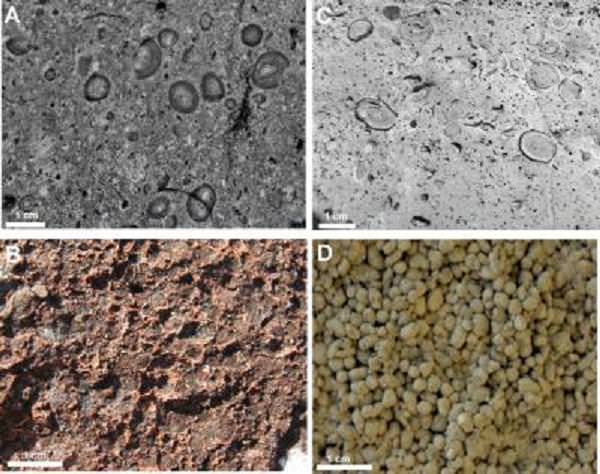[/caption]
Over the last several years, we’ve been treated to television programs which have awakened us to how a crime scene is investigated. It’s a very precise science and one that could very well deepen our understanding of other types of occurrences. Now, new research done by Mike Branney, of the University of Leicester’s Department of Geology, and Richard Brown, University of Durham, are giving us insights as to how massive meteorite strikes in Earth’s past may have reacted much like certain types of volcanic activity.
The two volcanologists have forensically reconstructed an impact event to determine how the ejecta registered on the environment surrounding the scene. Although meteorite strikes are common, direct observation isn’t. However, by carefully sifting through the remains of an event that hasn’t been completely eroded, the scientists were able to forensically reconstruct what happened. Brown and Branney’s findings revealed that a large encounter may have behaved like pryroclastic flow – a devastating cloud of gas and debris from an explosive volcano which speeds across the landscape.
“In particular, the way that ash and dust stick together seems identical. Moist ash from explosive volcanoes sticks together in the atmosphere to fall out as mm-sized pellets.” explains Dr. Branney. “Where these drop back into a hot pyroclastic density current, they grow into larger layered structures, known as accretionary lapilli.”
In this case, the meteorite impact CSI investigation took place in northwest Scotland. There a well-preserved deposit still exists from an event which occurred about a billion years ago. It is very fortunate the site was so pristine, because it still held evidence of both ‘volcanic’ particles – pellets and lapilli. Findings like these will help us to further understand the ramifications of these type of events and how it could affect us, either in the past or the future.
Dr. Brown added: “This reveals that that the 10 meter-thick layer, which has been traced for over 50 km along the Scottish coast, was almost entirely emplaced as a devastating density current that sped outwards from the point of impact – just like a density current from a volcano. Only the uppermost few centimetres actually fell out through the atmosphere.”
Original Story Source: EurkAlert News Release.

